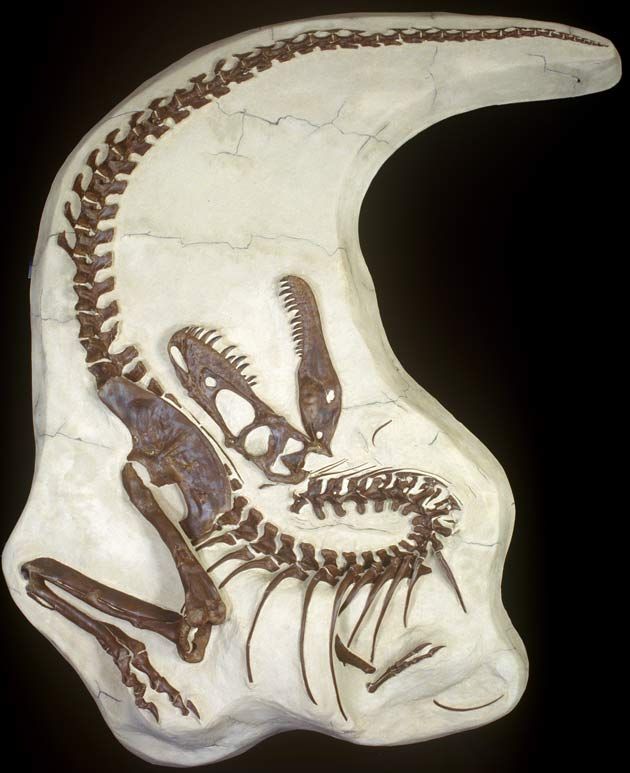Tyrannosaurs Suffered Terrible Teens

A major midlife crisis came early for dinosaurs in the tyrannosaur family, as new research suggests many of the giant beasts died just as they reached their sexual prime.
Like modern long-living birds and mammals, T. rex and other tyrannosaur species experienced high mortality rates as infants and young adults, with just a choice few surviving to maturity.
Researchers recently investigated a quarry in Alberta, Canada where in 1910 several fossilized specimens were found of the species Albertosaurus sarcophagus, a member of the tyrannosaur family. The collection of 22 dinos, which range from 6 to 30 feet long, remains the best evidence that tyrannosaurs were gregarious animals living in packs.
Scientists think the albertosaurs in this pack died at roughly the same time, providing a "frozen-in-time" look at the population. In the new work, led by Gregory Erickson of Florida State University, researchers examined the leg and foot bones of albertosaurs aged 2 to 28 to determine how mortality rate changed over the dinosaur's life span.
All downhill
The survivorship pattern was remarkably similar to large mammals, such as buffalo, elephants, and seals, with a particularly high mortality rate in the first two years of life.
"Predation was probably the main factor, but disease is another big thing for newborn animals that haven't established their adult immune systems," Erickson said.
Sign up for the Live Science daily newsletter now
Get the world’s most fascinating discoveries delivered straight to your inbox.
Once an individual reached two years of age, though, it had probably grown large enough to avoid predation and could fend off disease. Some 70 percent of the albertosaurs that survived their first two years made it to their 13th birthday.
Then things started to go down hill, the researchers report in the July 14 issue of the journal Science.
Midlife crisis
Mortality rates increased dramatically to more than 23 percent a year as the beasts reach 13 to 16 years of age. But this doesn't make sense, said Erickson, because this is just when the animals were reaching their physical and sexual prime.
As with some modern animals, the stress of sex could be what did in these teenage dinos.
"It seems as though tyrannosaurs are hitting a midlife crisis at this point," Erickson told LiveScience. "In some living populations we see the same pattern of combat between individuals for mates or nesting sites. There is also extreme stress on females trying to get resources to lay lots of eggs. We have seen evidence of brooding, or protecting eggs, in some dinosaur species, which we know leads to starvation in birds."
Erickson and his colleagues then looked at survivorship patterns of other tyrannosaurids—including T. rex, Gorgosaurus, and Daspletosaurus—and found a similar midlife crisis pattern.
From this estimation, only 2 percent of the tyrannosaur population reached their giant, maximum sizes, which could explain the rarity of such specimens in the fossil record.
The findings build upon the same researcher's 2004 study that suggested tyrannosaurids grew fast and died young.
The find likely extends to non-tyrannosaur species too, Erickson said. Museum collections are much richer in herbivorous dinosaurs than the large carnivores, and species such as duckbills, for which hundreds of fossils have been recovered, would be a good one to start with to determine the life history of other dinosaurs.
- Birds of Prey: Spot Today's Dinosaurs
- Big Dinosaurs Were Hot, Study Suggests
- Animations Reveal How Dinosaurs Might Have Walked
- The Biggest Carnivore: Dinosaur History Rewritten
- A Brief History of Dinosaurs
- Dinosaur Fossil Gallery
- All About Dinosaurs












